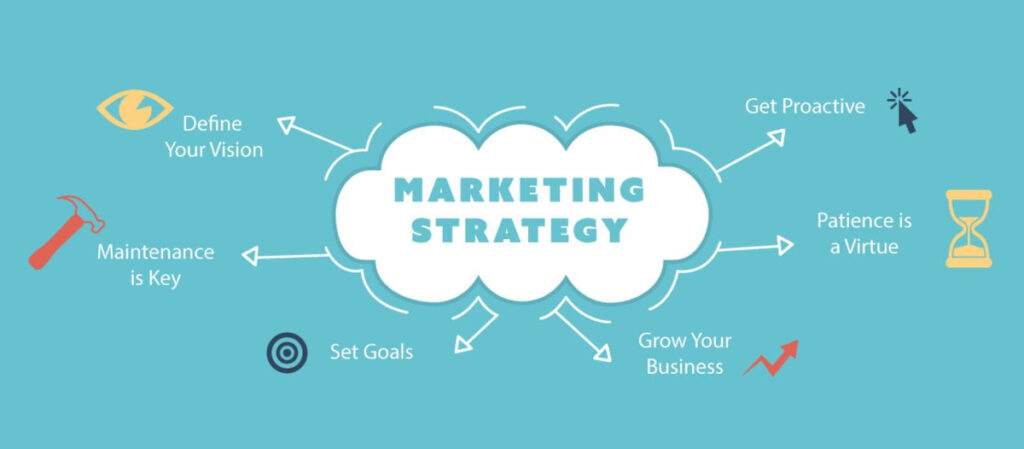When a business experiences rapid growth, it usually creates new problems as well as opportunities. These problems may include financial, legal, and staffing issues.
Additionally, rapid growth can cause your team to become stressed. This can lead to a loss of morale. It can also result in your team members not being able to perform their duties effectively.
Create a compelling value proposition
The value proposition is one of the most important tools for any business. It outlines the specific benefits that your customers will receive from your product or service and explains how it will improve their lives.
The key is to create a value proposition that speaks to your audience’s core values. To do this, you must first understand who your target audience is and what their problems are. You can do this by creating buyer personas, which will help you to tailor your messaging and marketing strategies.
Once you know who your target audience is, write down their top problems and how your products can solve those problems. You can also include a visual element to make your value proposition more engaging and attractive to potential customers. A video, infographic, or photo will capture their attention more than a simple paragraph of text. A well-crafted value proposition will boost your customer loyalty and allow you to stand out from the competition.
Leverage social media
Social media offers a massive audience that businesses can tap into to boost brand awareness and sales. But the key is to experiment with messaging and content strategies that will engage your followers.
Whether it’s a branded Instagram photo, thoughtful blog post on LinkedIn or fresh new Tweet, each channel should have its own unique approach to messaging. This will help you stand out from your competitors and establish yourself as a thought leader in your industry.
Aside from brand messaging, it’s important to monitor your social media channels for customer feedback and respond to queries promptly. This will ensure that your customers don’t get left in the dark, especially when you’re experiencing rapid growth.
Explore new markets
One of the most common business growth strategies is expanding to new markets. This can help you reach new audiences, reduce competition, and take advantage of economies of scale. One popular way to expand into new markets is through acquisitions. This strategy helped companies like Klarna achieve rapid growth and gain a large customer base.
Another way to grow your business is by adding new channels for revenue. This strategy can help you diversify your revenue stream and insulate your company from any downward trends. For example, ecommerce business Allbirds expanded their revenue by opening 29 brick-and-mortar locations.
When growing your business, it’s important to invest in yourself and your team. This includes sales training and improving your ability to sell. In addition, you should also invest in business software that can handle the increased workload. This will help you maintain high levels of customer satisfaction and boost your revenue. For more information about managing rapid business growth, watch this on-demand webinar.
Continuously innovating
Continuing to innovate is one of the most important ways to help your business grow. Companies that rely on past innovations are quickly overtaken by new competitors, and even legacy technologies can be obsolete if they are not continually updated. For instance, Kodak’s refusal to move into digital photography was a major reason it failed in the industry.
Innovation isn’t always easy, but it’s an essential component to achieving rapid business growth. Fortunately, there are many strategies to try, and a number of frameworks to streamline the process. One of the most popular is COIN, which helps businesses ideate, test, scale, and embed innovations.
As your company grows, it will need to implement continuous innovation to maintain its competitive edge and keep customers happy. However, it’s not just a question of whether your organization is implementing innovative ideas; it’s how well you track them.




